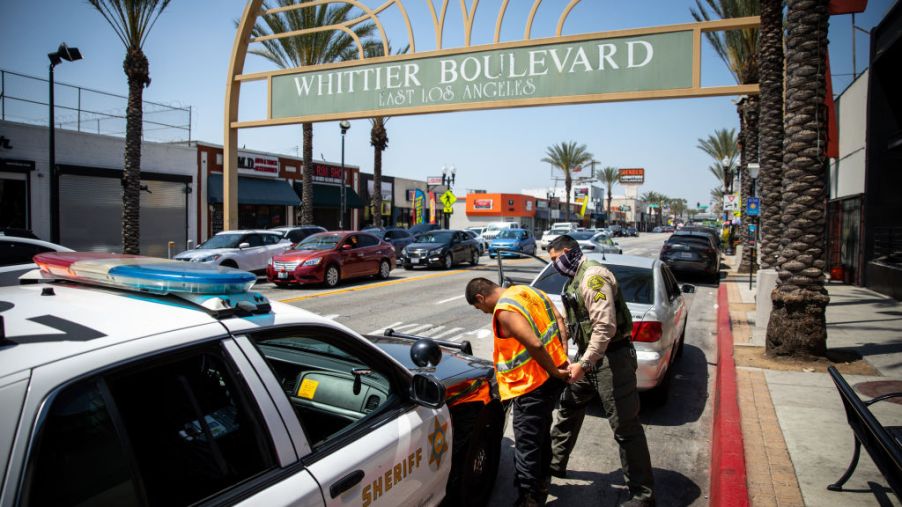
Cruising Bans in California: One Major City Just Lifted Its Ban and More
Bans on cars cruising the main drags after dark have been on the books in many major California cities and counties for decades. But something is happening. First, the city of San Jose has rescinded its decades-long ban on cruising. Now, the California State Assembly has voted for a resolution to lift the cruising bans. It cites stereotyping and discrimination behind the bans.
When did cruising start?
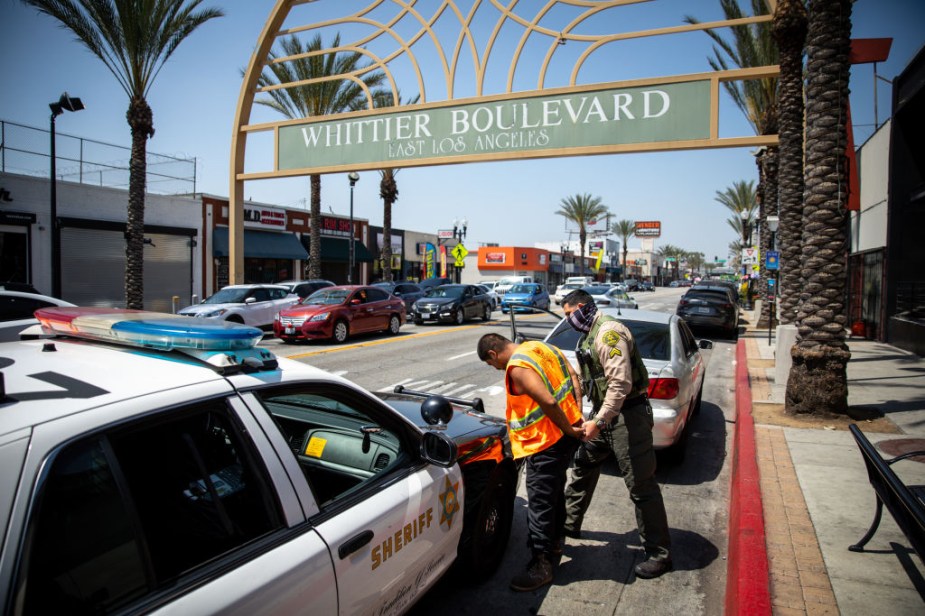
Cruising Main Street began after WWII. Especially in Southern California, cruising Van Nuys Boulevard, Bellflower Boulevard, or nearby Whittier Boulevard, was a rite of passing. Generations of Hispanic families passed the activity down to sons and daughters. For some, it became a lifestyle.
But Hispanics weren’t the only participants. An influx of modified and brightly-colored vehicles from hot rods to customized cars, along with the Lowriders, was common. When the van craze cranked up in the 1970s, they joined in, as did muscle cars.
Why was cruising banned?
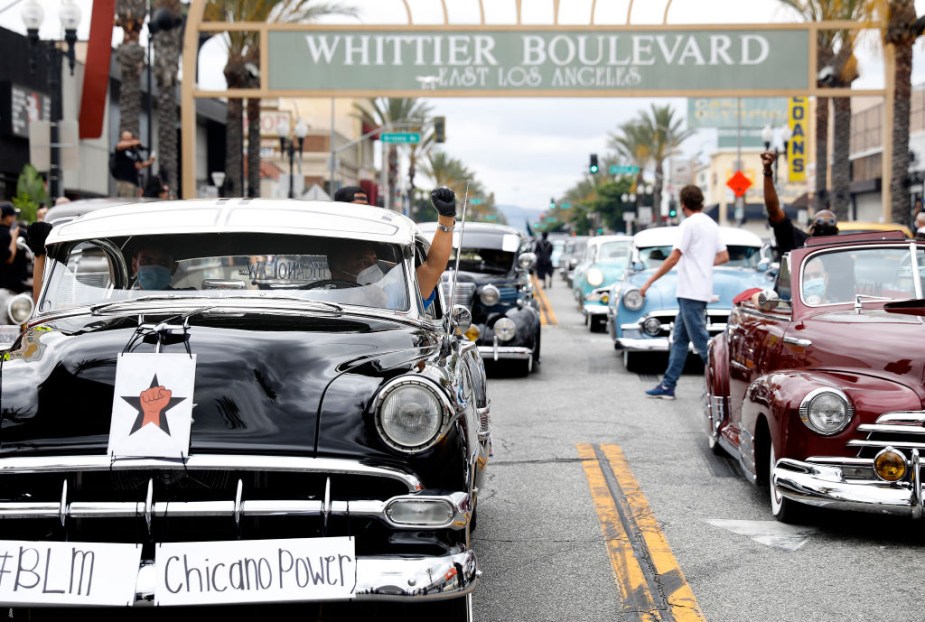
But then, police started blocking off intersections and issuing tickets to cruisers over “exhibition of speed,” loud exhaust, and street racing. And those were the more benign issues. Guns, gangs, drugs, and fighting were sometimes part of the mix. This prompted the closures and ultimately resulted in banning cruising.
But now, the resolution is before the state senate, according to the LA Times. “These laws wrongfully stereotype law-abiding car owners. And conflates them with illegal street racers and sideshows who are and should be prosecuted for putting public lives in danger,” Councilwoman Luz Rivas told the Times. “It’s time for locals to follow these cities and repeal this archaic traffic law.”
What San Jose says about cruising today
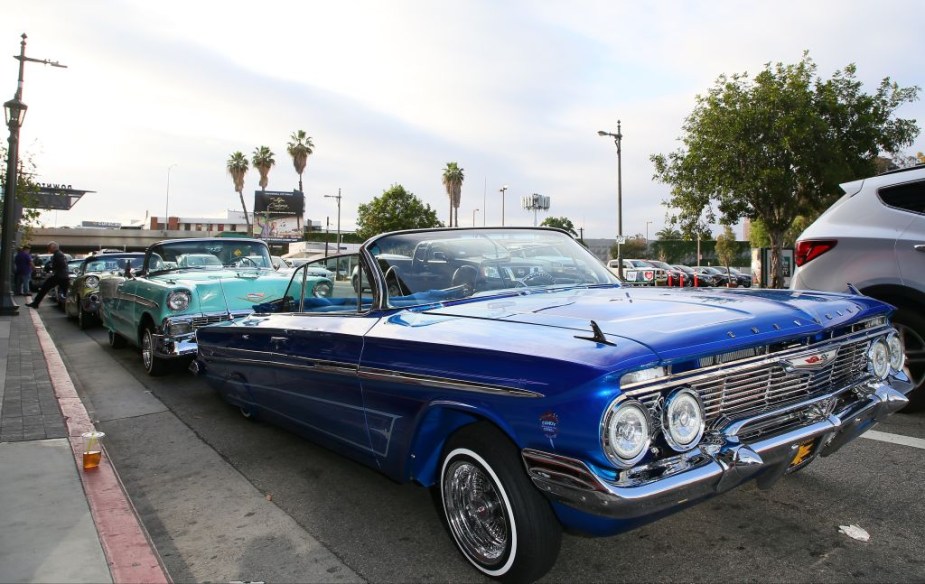
San Jose’s ban originated in 1986. But City Councilman Raul Peralez called the ban “discriminatory in nature.” He says, “It’s very, very broad, and unfortunately it was utilized very broadly in an attempt to stop other elements in our community, crime and gang violence, that we didn’t want to see. But we’re ultimately using way too broad of a brush. In my mind, a blatantly discriminatory and inherently racist policy.”
“I still don’t quite understand what we’re losing if we approve this and take this off the books,” Councilmember Sergio Jimenez said. “In my mind, some of the stuff that does in fact happen out there, the burnouts, and people drinking, and a host of other things in the parking lot, it seems to me that there are other tools that are utilized to address some of those issues. Those aren’t going away, and we’re not shedding those simply because we’re repealing this.”
Whittier Boulevard merchants want cruising
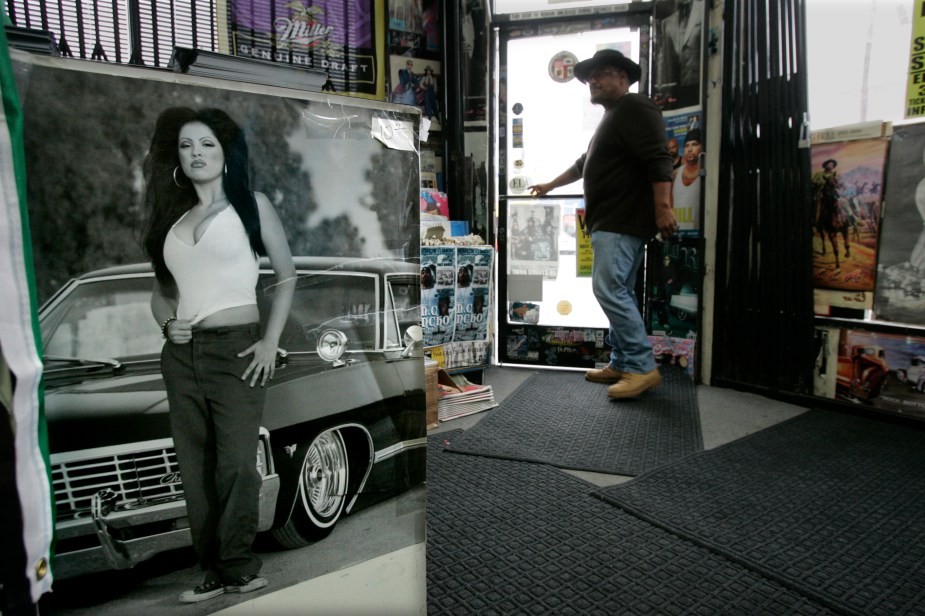
Merchants along Whittier Boulevard have complained for years that when the cruising was going on before the bans, it increased their business on weekends. So even store owners have lamented the bans as bad for business.
There has been some loose nightly cruising along Whittier in Montebello and East Los Angeles in recent years, with no issues. This helps reinforce the belief that cruising is a distinct and separate vehicle activity from gang violence, street racing, and intersection takeovers. Let the Lowriders cruise.



